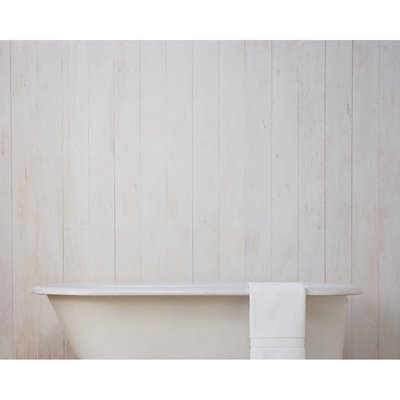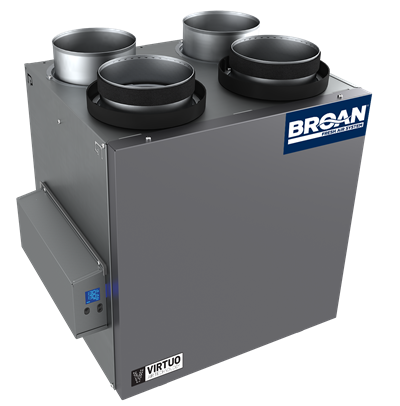Air Purification vs. Air Ventilation: The difference between clean and fresh
Air purification and ventilation are often confused with each other, but they have very different impacts on the air quality within your home. In the simplest terms, air purification cleans and reuses the same air, while air ventilation pushes the old air out and brings clean, fresh air in.Consumers are becoming more conscious of their indoor air, and recent events are only intensifying their concern over what they breathe at home. As consumers work with their builders or self-install air solutions in their own homes, it is important they are clear on the distinction between purification and ventilation to make the best decisions for their indoor air needs.
Air Purification
Air purification, or filtration, is the process of removing particulates from the air. Particulates include things like allergens, car exhaust and combustion fumes. Air purification cleans and recirculates the air that is present but does not introduce new air into the home. It is also not able to help with unhealthy gasses and finer particulates which are too small for many filters to capture. There are many stand-alone options for air purifiers as well as a variety of filters that are compatible with HVAC systems.
Air Ventilation
Ventilation is a breath of fresh air — literally. Air ventilation pulls stale, polluted air out and brings fresh, filtered air in. With ventilation, there are two categories:
Spot (local) Ventilation
Spot ventilation pulls polluted air out of a specific area of your home making room for fresh air. In this case,
 we’re speaking specifically about bath fans and kitchen range hoods with an exterior exhaust. Bathrooms and kitchens produce a high amount of air pollution from humidity (showers, boiling water, steam) and cooking fumes (sizzling bacon grease, oven smoke, gas range fumes).
we’re speaking specifically about bath fans and kitchen range hoods with an exterior exhaust. Bathrooms and kitchens produce a high amount of air pollution from humidity (showers, boiling water, steam) and cooking fumes (sizzling bacon grease, oven smoke, gas range fumes).Spot ventilation in those areas helps pull out the humidity and fumes from the air before it is circulated throughout the rest of the house. By taking that polluted air out of the home, it depressurizes the house and makes room for fresh air to make its way in.
Whole-Home Ventilation
 Whole-home ventilation works in a similar manner as spot ventilation, but – you guessed it – constantly removes old air and brings in fresh air for the entire home. Homes today are built tighter with more efficient sealing, so there is less fresh air naturally coming in through small gaps and cracks. Whole-home ventilation solves for that by cycling in new air consistently and efficiently.
Whole-home ventilation works in a similar manner as spot ventilation, but – you guessed it – constantly removes old air and brings in fresh air for the entire home. Homes today are built tighter with more efficient sealing, so there is less fresh air naturally coming in through small gaps and cracks. Whole-home ventilation solves for that by cycling in new air consistently and efficiently.What’s the best way to ventilate my house?
There are three basic types of whole home ventilation. The first is a continuously running exhaust fan. Generally, this fan runs continuously at a lower CFM, thereby drawing stale air out of the home which is replaced naturally. They work best in lower humidity climate zones. The second is a fresh air supply fan, which pushes fresh air from outside into your home. These fans have filters and can often have high level MERV filtration to clean the air before it comes into the home. Supply fans generally are ideally suited to more humid climates. The third option is called “balanced ventilation” and is the most healthy and energy efficient solution and will work in any climate zone.
There are two great balanced options: HRVs (heat recover ventilators) and ERVs (energy recovery ventilators). Both exhaust stale air out and bring fresh air in, but HRVs transfer the heat lost during the air exchange and ERVs transfer both the heat and humidity levels, maintaining the settings you prefer in your home.
Both systems have two fan mechanisms; one for air output and one for air input. These systems also offer great air purification on top of ventilation by removing particulates via filters for the incoming air. Best of all, HRVs and ERVs maintain fresh air and heat/humidity as energy efficiently as possible as you’re not paying to re-heat or re-cool all the incoming fresh air. Rather, you use the outgoing air – which you already paid to heat/cool – to temper it. They also help meet new code requirements for how much fresh air you should be bringing in (the average home should maintain 60 CFM of air flow out and in).

 English
English
 English
English